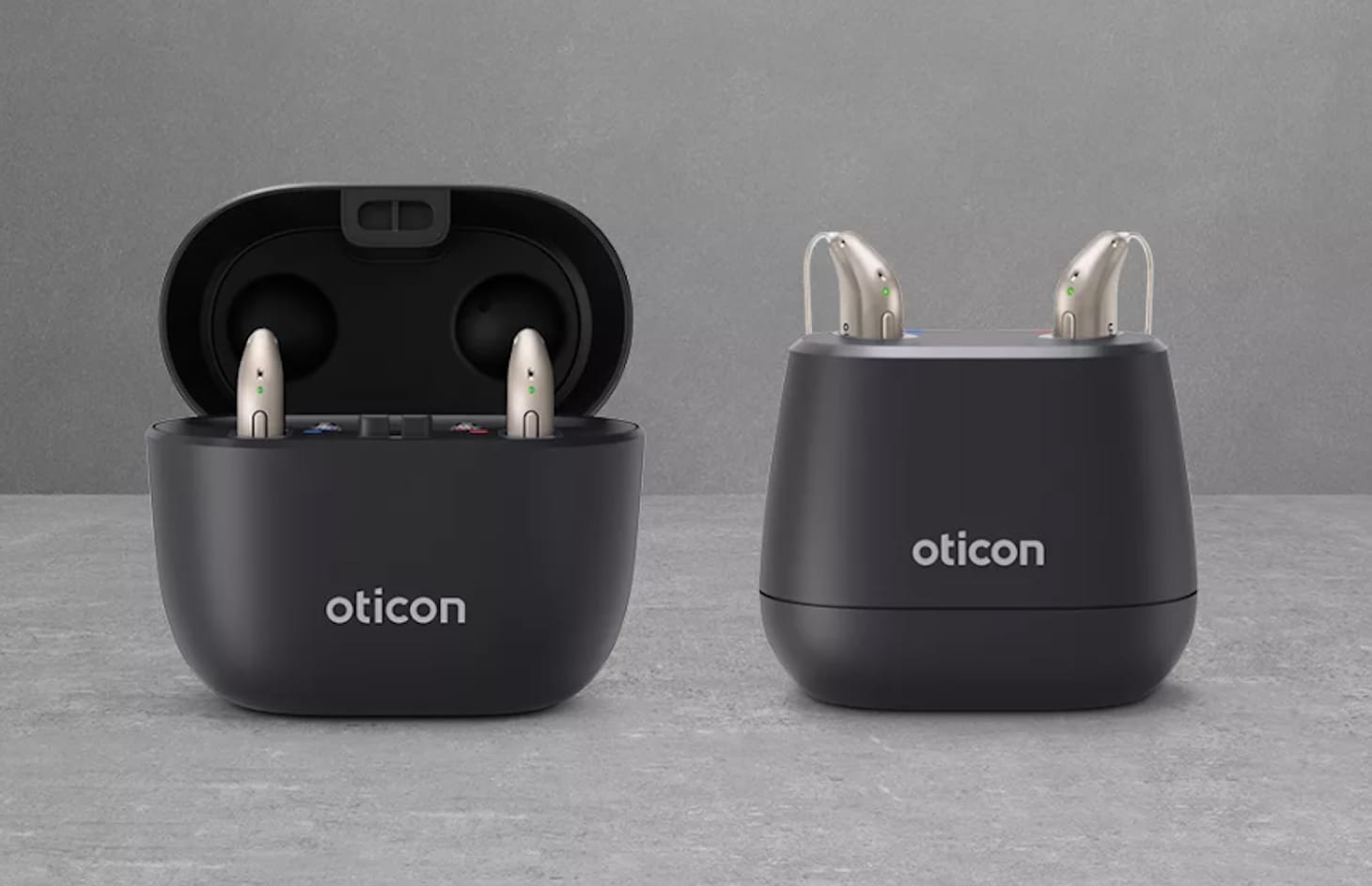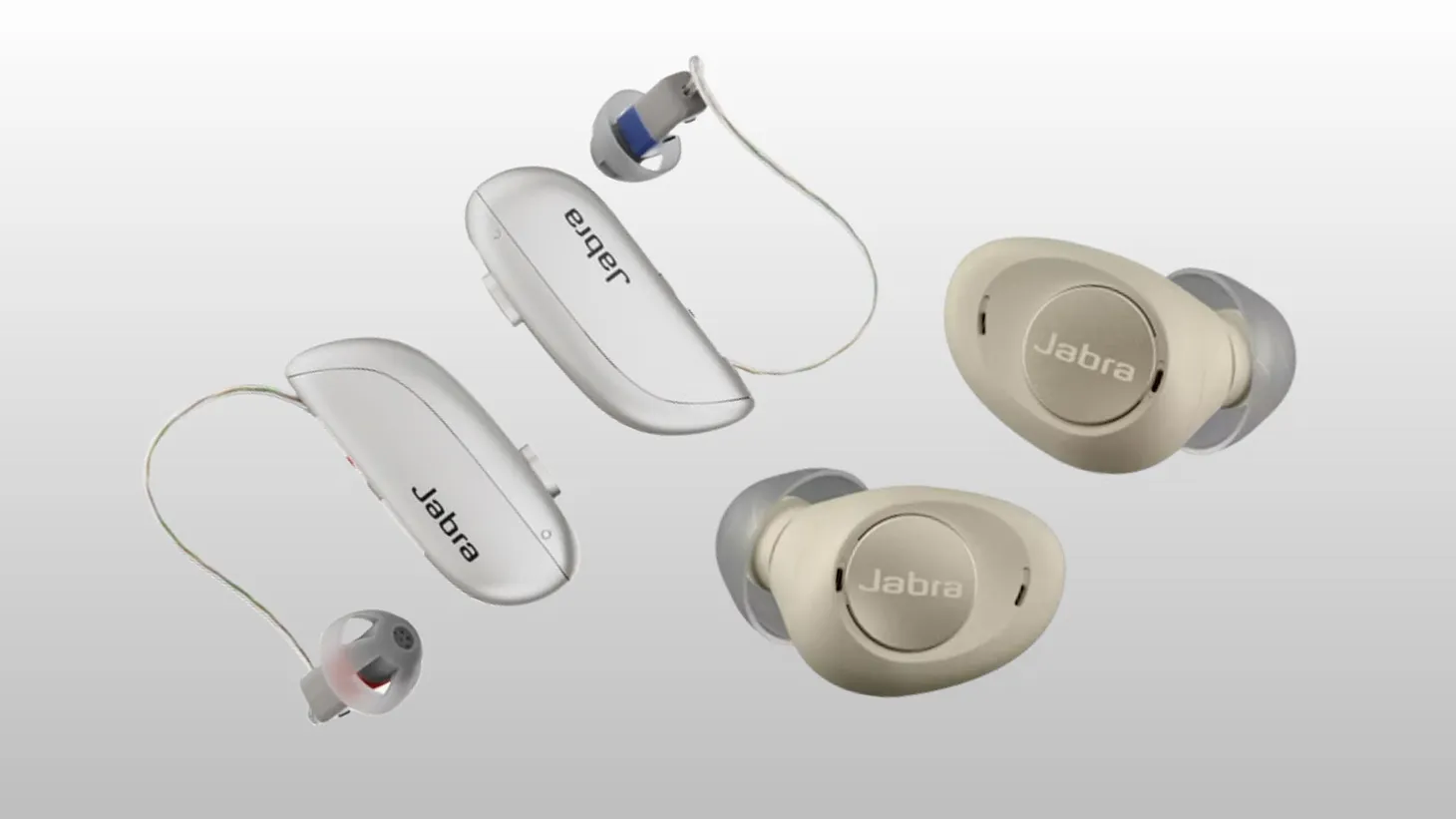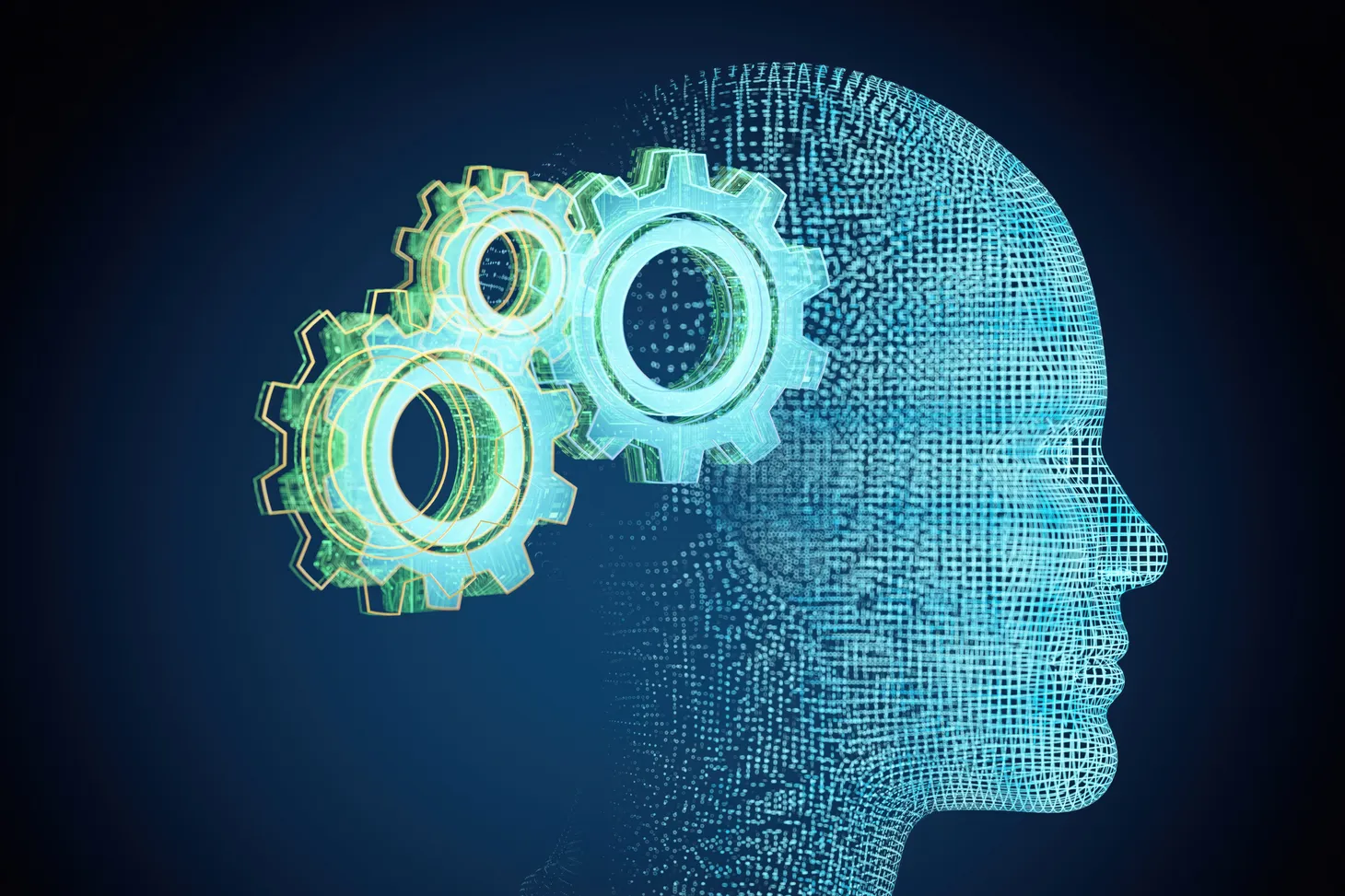Oticon Intent integrates "user-intent" sensors
"4D Sensor" technology helps users balance their attention towards the sound sources that they intend to listen to.

Oticon News Release:
February 8, 2024: Oticon introduces Oticon Intent, the world's first hearing aid with 4D Sensor technology to understand each user’s listening intentions and seamlessly support individual listening needs, while giving access to the full sound environment. Oticon has made significant progress in innovation, taking performance and user benefits of their unique BrainHearing™ technology to the next level.
The primary challenge for people with hearing loss is understanding speech in complex environments, which typically comes with a lot of noise and other sounds that are disruptive to communication.
To address this, hearing aids should understand how individuals behave within a sound environment and adapt signal processing according to their changing listening needs. Traditional hearing aids provide support by implementing a directional approach, where Oticon always gives the user access to the full, 360° sound environment.

"At Oticon, we believe in personalised solutions for those with hearing loss to engage in conversations and social interactions, despite barriers. Oticon Intent is designed from the ground up to do exactly this," said Thomas Behrens, Vice President of Audiology & Research. "With revolutionary technologies, it supports the brain in a natural way. It offers future-proof connectivity in our smallest design yet within this hearing aid category, allowing users to engage in life and the digital world."
4D Sensor technology provides intention-based personalization
Oticon Intent is designed considering that different users have very individual and greatly varying listening needs - even in the same sound environment. It features the world’s first user-intent sensors which can capture a person’s unique communication goal and then seamlessly provide the brain with the right hearing support in any situation.
This personalised support makes a significant difference for users, especially in very complex listening environments, where traditional hearing aids provide the same support, regardless of the individual listening needs. By monitoring conversation activity, head movement, body movement, and the acoustic environment, Oticon Intent is the first hearing aid in the world to recognise when the user’s needs change and to seamlessly adapt sound processing to support these specific needs, providing the brain with tailored support in any situation.
This 4D Sensor technology alone improves users' speech comprehension by 15%. Furthermore, the outcomes of a brain imaging study showed that the 4D Sensor technology helps users balance their attention towards the sound sources that they intend to listen to.
New deep neural network enables better access to all sounds
Oticon Intent debuts a second generation Deep Neural Network (DNN 2.0) which has been trained using a greater diversity of complex sound scenes as well as a whole new way of learning from the sound it is exposed to during training.
This advanced technology is designed to drive a hearing aid so that it works more like the brain having learned through experience, enabling better and more accurate representation of sound in the brain and better access to even soft speech sounds in noisy environments.
Hearing aid users prefer Oticon Intent
Hearing aid users were asked to evaluate the sound quality of Oticon Intent compared to Oticon’s last premium hearing aid in different sound environments. Results show that it not only significantly improves sound quality in different sound environments; it also ensures more nuance and detail in the sound and higher listening comfort for users.
Hearing Industry Report Newsletter
Join the newsletter to receive the latest updates in your inbox.


